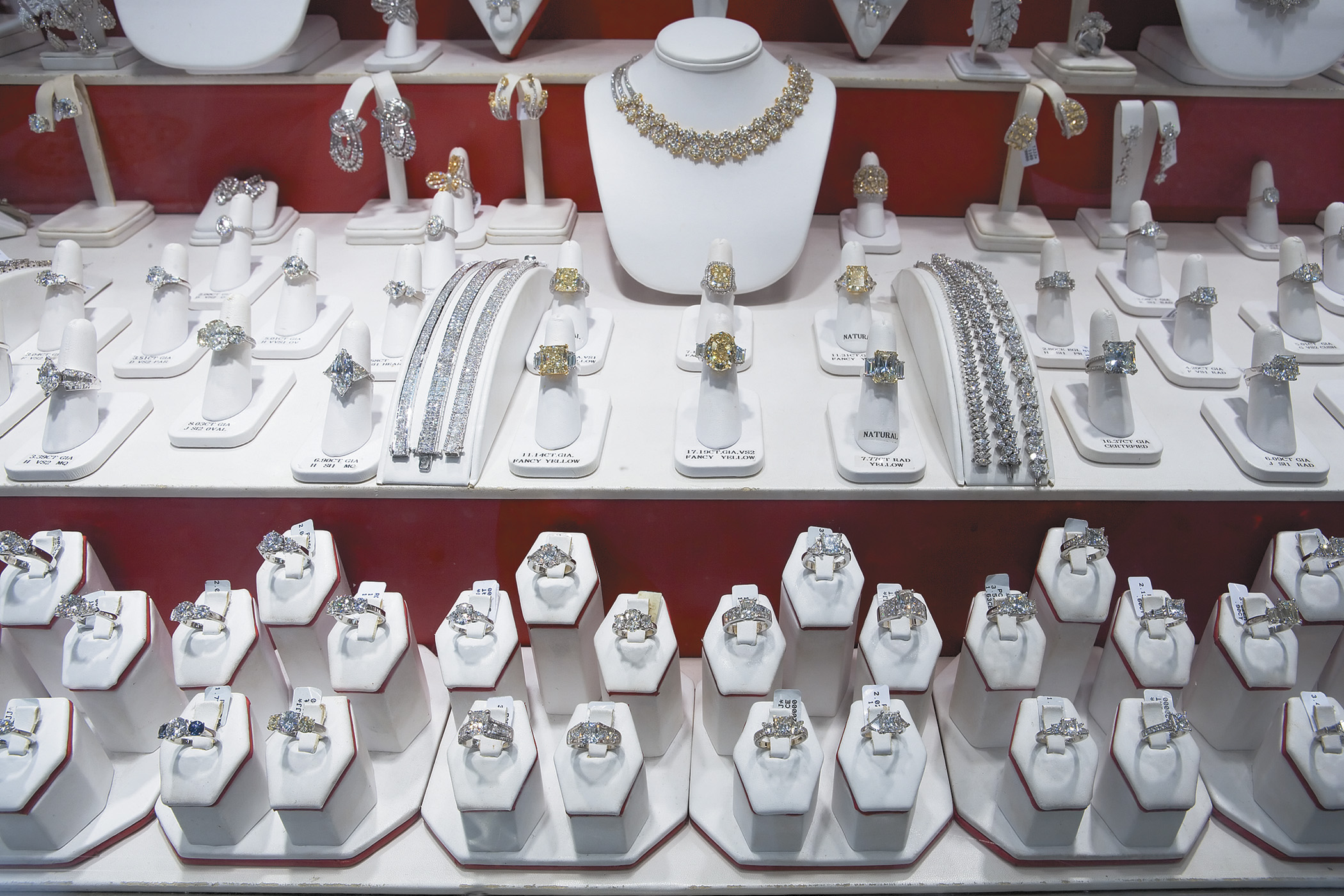- Why are diamond grades important?
- What does a diamond report tell you?
- How do market factors affect diamond value?
Diamond grades make it possible for people to discuss diamonds simply and concisely. Without a recognized and consistent system, you’d have to describe the quality of a K-color diamond with VS1 clarity like this: “The diamond is a very faint yellow: The color is so faint that you can barely see it. And the diamond has two small, included crystals under the table. They’re so small that you can barely see them under 10X, and then only if you know what you’re looking for.”
It’s easy to see that calling the diamond a “K-VS1" is much simpler. But the system only works if it’s widely understood. The grades developed by GIA—the ones you started learning in Diamond Essentials—are used and accepted around the world. They’re part of the international language of diamond professionals.
Diamond grades can help you compare one diamond with another. A diamond with a grade of D-Flawless is very different from one with a grade of M-I1. But each has its place in the market. If you’re buying a diamond for resale, you have to understand the connection between grading and value to know which is the best choice.
A diamond’s grade indicates its quality, but it’s only part of what determines the diamond’s value. There are many variables to consider. For example, the value of a 1.01-ct., nicely proportioned, princess-cut diamond with H color and SI1 clarity depends on its place in the market. Two retailers might assign radically different values if they’re located in different countries. And diamond values are very different for retailers than they are for wholesalers. Wholesalers don’t sell directly to consumers, so their prices are somewhat lower than retail prices.
Diamond grades have many different uses. For gemological laboratories, grades are simply statements of diamond quality. Some people use grades to determine value and to decide whether or not to buy, or to match diamonds for jewelry. A diamond grade might be part of an appraisal, as one step in the evaluation of a finished piece of jewelry.
Diamond grades are constant: They don’t change because they’re used in appraisals rather than sales presentations. The decisions people make based on the grades do change, though. This is why a consistent and repeatable system for diamond grading is an essential part of the modern diamond market.








